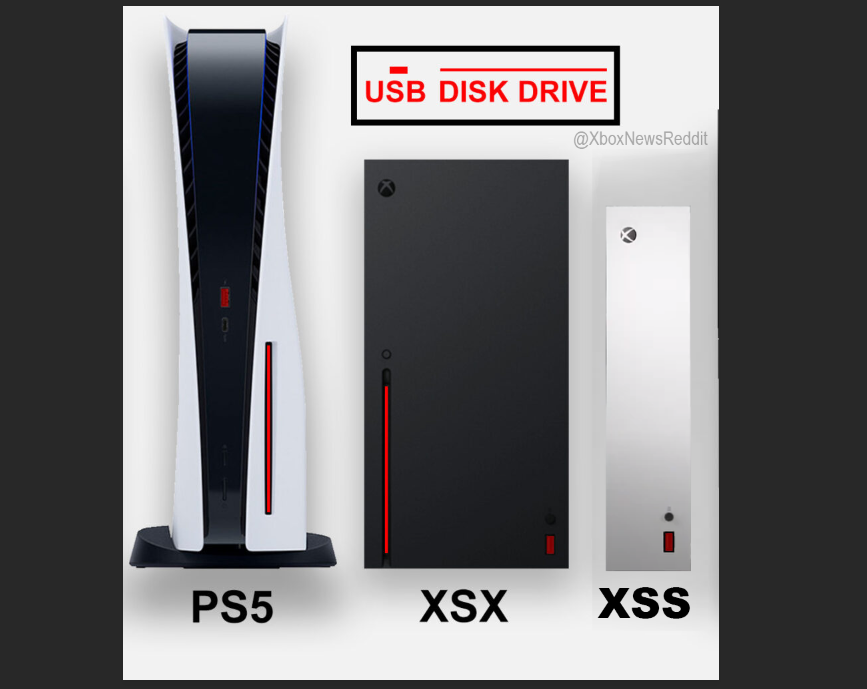The cost of ray tracing changes largely with the number of rays. If you're reducing the resolution and not reducing the number of rays, why on earth did you have that number of rays in the first place? That goes for shadows and reflections and full on path tracing. And given the cost of ray tracing, you can bet that it will be made to not only scale with resolution, but dynamically with dynamic resolution. And in a hybrid rasteriser the number of rays can even change with what's on screen, and what initiates a RT job.
The whole point of DLSS is that you can reduce the resolution (including the RT load) and therefore run faster, and then construct a higher res image.
Some things, like GI probes of whatever might scale independently of resolution, but they'll still be scalable and you'll probably scale them based on your performance profile.
Here's Minecraft RTX on a 2080. Look for the RTX on, DLSS off, average fps numbers. 1440p vs 1080p.
https://www.pcgamer.com/uk/minecraft-with-rtx-preview-performance/
1440p -> 30 fps average
1080p -> 50 fps average
44% fewer pixels at 1080p, which should give you 53 fps if scaling directly with resolutoin. Actual number, 50 fps. That's pretty bloody close to scaling directly with resolution!

